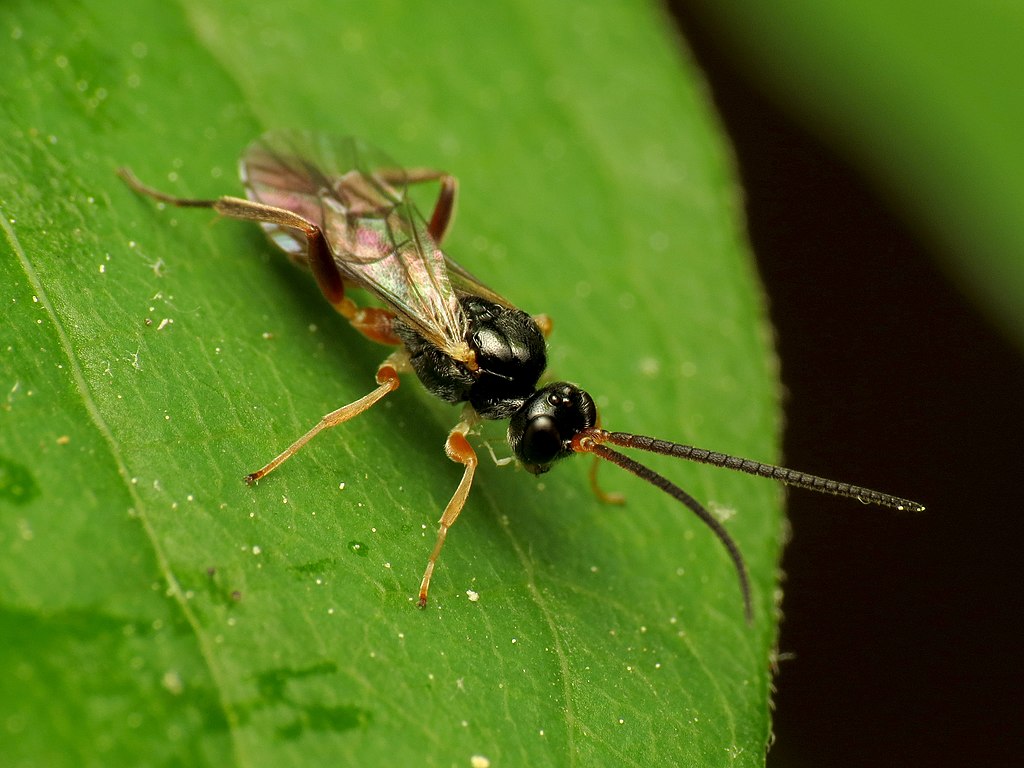Imagine a tiny wasp, no bigger than a grain of rice, possessing the ability to turn other insects into living nurseries for its offspring. This isn’t science fiction – it’s the extraordinary reality of parasitic wasps, nature’s most sophisticated biological weapons. These remarkable creatures have perfected the art of reproduction through invasion, transforming their hosts into unwilling guardians of the next generation. With surgical precision that would make any doctor envious, they inject their eggs directly into living victims, beginning a process that’s both horrifying and absolutely fascinating.
The Masters of Mind Control

Parasitic wasps don’t just lay eggs and hope for the best – they’re puppet masters of the insect world. When a female wasp injects her eggs into a host, she often delivers a cocktail of chemicals that fundamentally alter the victim’s behavior. The host becomes a zombie-like creature, driven by an overwhelming compulsion to protect the very parasites that will eventually consume it from within. Take the emerald cockroach wasp, for example. This stunning creature doesn’t kill its cockroach host immediately. Instead, it delivers precise stings to specific parts of the cockroach’s brain, effectively lobotomizing it while keeping it alive and functional. The cockroach continues to groom itself and stay healthy, but loses all motivation to escape or defend itself. The wasp then leads its docile victim to a burrow, where it lays a single egg on the cockroach’s leg. The developing wasp larva will spend the next several days feeding on the still-living cockroach, carefully avoiding vital organs to keep its meal fresh until the very end.
Surgical Precision in Nature’s Operating Room
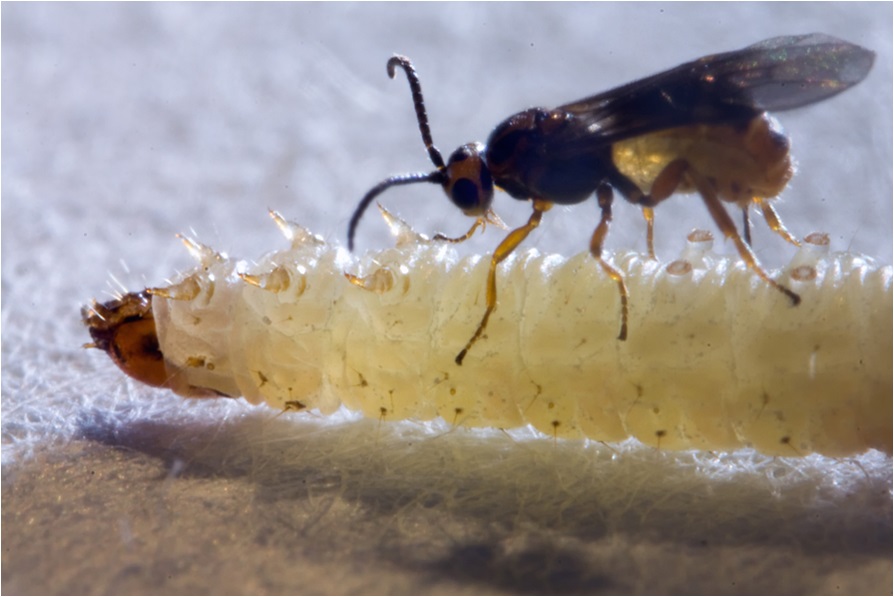
The accuracy with which parasitic wasps locate and penetrate their targets rivals the most advanced medical procedures. These tiny surgeons possess specialized ovipositors – egg-laying tubes that function like hypodermic needles. Some species can drill through tough bark, dense soil, or even the hardened shells of other insects to reach their intended victims. The braconid wasp demonstrates this precision beautifully when hunting caterpillars hidden deep within plant stems. Using chemical sensors more sensitive than our most advanced laboratory equipment, it can detect the presence of its prey through layers of plant tissue. Once located, the wasp positions itself carefully and drives its needle-like ovipositor through the stem with millimeter accuracy. What’s truly remarkable is how these wasps seem to know exactly where to inject their eggs for maximum success. They target specific body segments, avoid major organs that would kill the host too quickly, and even adjust their injection depth based on the size and species of their victim.
The Chemical Warfare Arsenal
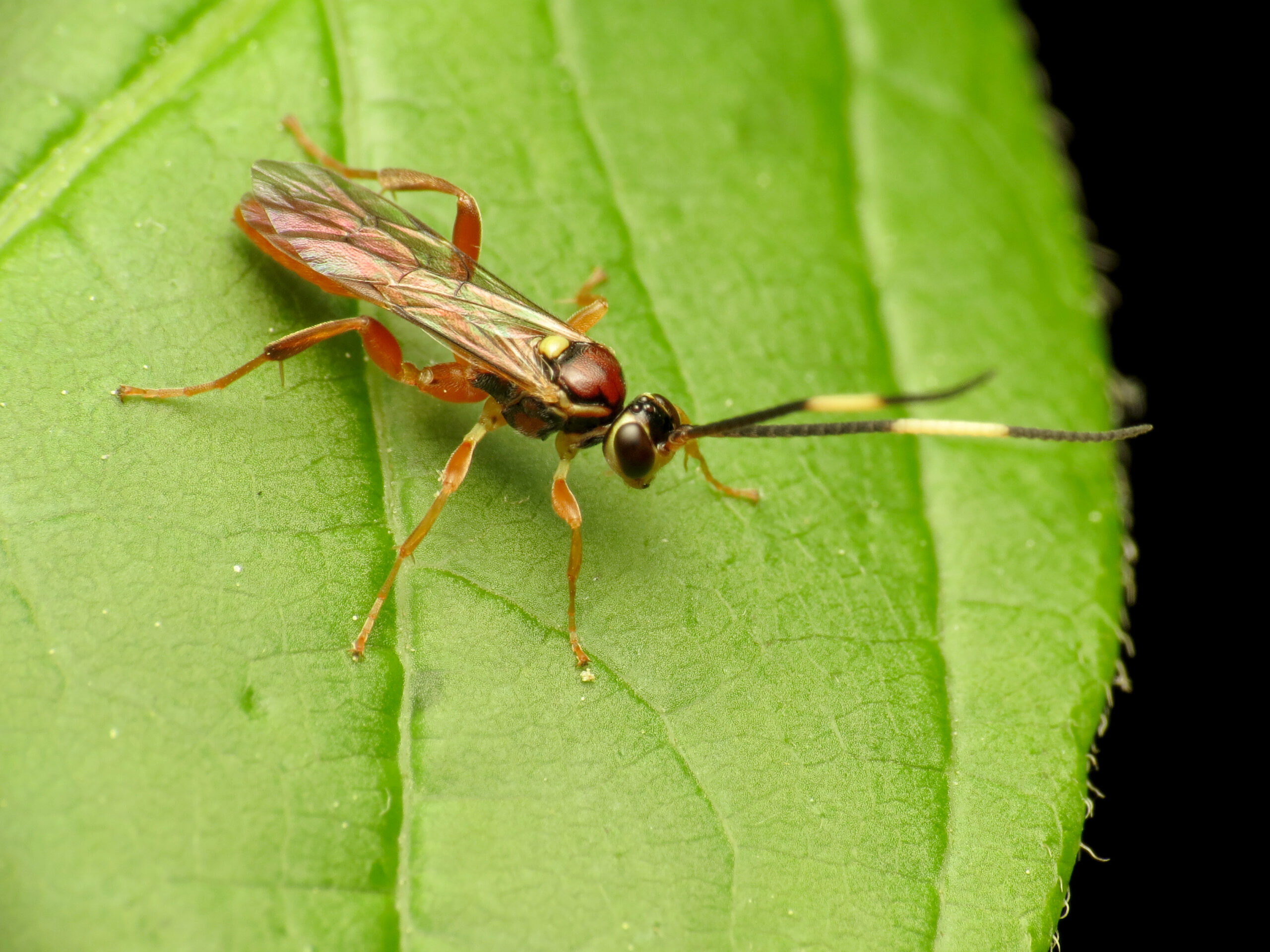
Along with their eggs, parasitic wasps inject a sophisticated blend of chemicals that would make any pharmaceutical company jealous. These biological cocktails serve multiple purposes: they suppress the host’s immune system, alter its behavior, and sometimes even change its physical development. It’s like administering a complex drug treatment that keeps the patient alive while preparing it for a very specific fate. Some wasps produce compounds that prevent their host from molting or pupating, essentially freezing them in a juvenile state that’s more suitable for parasitic development. Others release hormones that make the host more docile and less likely to engage in risky behaviors that might endanger the developing parasites. The most sinister aspect of this chemical manipulation is how it often makes the host actually seek out safer environments for the parasites. Infected caterpillars, for instance, might abandon their normal feeding areas and crawl to more protected locations where the emerging wasps will have better survival chances.
Living Nurseries and Mobile Pantries
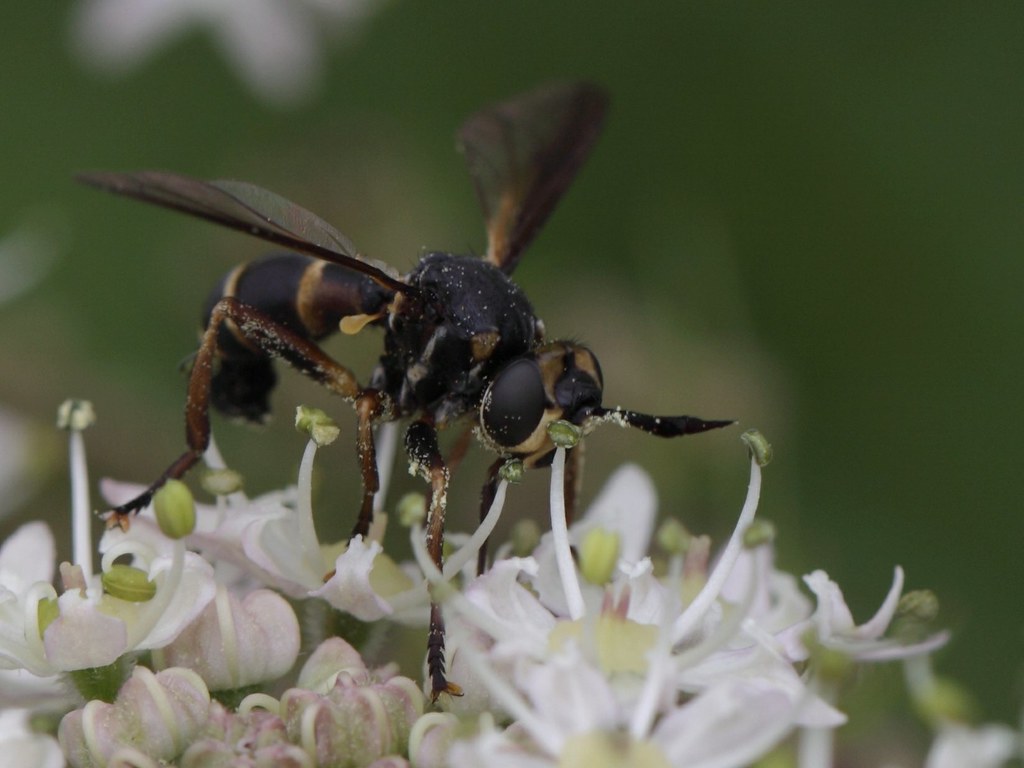
From the parasite’s perspective, a living host offers advantages that no artificial incubator could match. The host provides warmth, protection, and a constantly replenished food supply that stays fresh until needed. It’s like having a mobile restaurant that also serves as a nursery and security system all rolled into one convenient package. Different wasp species have evolved various strategies for utilizing their living nurseries. Some lay multiple eggs that develop into larvae which feed communally, while others deposit single eggs that must consume the entire host alone. The timing is crucial – the larvae must grow quickly enough to complete their development before the host dies, but not so quickly that they exhaust their food supply prematurely. Certain species have even evolved to synchronize their development with their host’s life cycle. They might delay their own pupation until their host reaches a specific developmental stage, ensuring that both parasite and host are ready for the next phase of this deadly partnership at the same time.
The Polyembryonic Multiplication Mystery

Perhaps one of the most mind-bending aspects of parasitic wasp reproduction is polyembryony – the ability of a single egg to split and develop into dozens or even hundreds of identical offspring. This biological photocopying process turns one host into a nursery for an entire army of genetic clones, maximizing the reproductive payoff from a single successful attack. The encyrtid wasps have mastered this technique to an almost unbelievable degree. A female might lay just one egg inside a moth caterpillar, but that single egg can divide and redivide until it produces over 1,000 individual wasps. Each clone develops its own specialized role – some become reproductive individuals while others become sterile soldiers whose job is to defend their siblings from competing parasites. This strategy represents one of nature’s most efficient methods of resource utilization. Instead of searching for hundreds of individual hosts, the female wasp only needs to successfully attack one victim to produce a massive brood. It’s like winning the lottery with a single ticket, then having that ticket multiply into thousands of winning numbers.
Hyperparasites: Parasites of Parasites

The world of parasitic wasps becomes even more complex when we consider hyperparasites – wasps that specialize in attacking other parasitic wasps. These biological Russian dolls create intricate food webs where parasites are themselves parasitized, sometimes creating chains of dependency three or four levels deep. A primary hyperparasite might attack a wasp larva that’s already developing inside a caterpillar host. Then a secondary hyperparasite might attack the primary hyperparasite, and so on. Each level adds another layer of complexity to an already intricate ecological relationship, creating some of the most complicated predator-prey dynamics found anywhere in nature. Some hyperparasites have evolved to be incredibly host-specific, attacking only certain species of primary parasites. This specialization has led to evolutionary arms races where parasites develop new defenses, only to have hyperparasites evolve new methods of attack in response.
Behavioral Manipulation Beyond Belief
The extent to which parasitic wasps can control their hosts’ behavior goes far beyond simple docility. Some species essentially reprogram their victims’ entire behavioral repertoire, turning them into sophisticated biological machines designed for one purpose: protecting and nurturing the parasites within. This level of manipulation would be impressive in a science fiction movie, yet it happens millions of times every day in nature. Glyptapanteles wasps provide one of the most dramatic examples of behavioral manipulation. After their larvae emerge from a caterpillar host, they don’t immediately pupate. Instead, they spin their cocoons right next to the still-living caterpillar, which then becomes their bodyguard. The infected caterpillar stops feeding and spends its remaining days violently attacking anything that approaches the wasp cocoons. Even more remarkably, some wasps can make their hosts seek out the optimal conditions for parasitic development. Infected ants might climb to the tops of grass blades where temperature and humidity are perfect for wasp development, even though this behavior makes them more vulnerable to predators and offers no benefit to the ant itself.
The Evolutionary Arms Race
The relationship between parasitic wasps and their hosts represents one of evolution’s most intense battlegrounds. As hosts develop new defenses, parasites evolve new methods of attack, creating an endless cycle of adaptation and counter-adaptation that has been running for millions of years. This biological arms race has produced some of the most sophisticated attack and defense mechanisms found anywhere in the natural world. Host insects have evolved various strategies to detect and resist parasitic attacks. Some species can recognize the chemical signatures of approaching wasps and take evasive action. Others have developed thick cuticles or protective behaviors that make them harder targets. Certain caterpillars can even detect when they’ve been parasitized and will thrash violently to dislodge or damage the developing parasites. Parasitic wasps, in turn, have evolved countermeasures for every defense their hosts can muster. They’ve developed more sensitive detection systems, stronger ovipositors, and more sophisticated chemical cocktails. Some species have even learned to exploit their hosts’ own defense mechanisms, using the hosts’ immune responses to help distribute their eggs more effectively throughout the victim’s body.
Ecosystem Engineers and Population Controllers
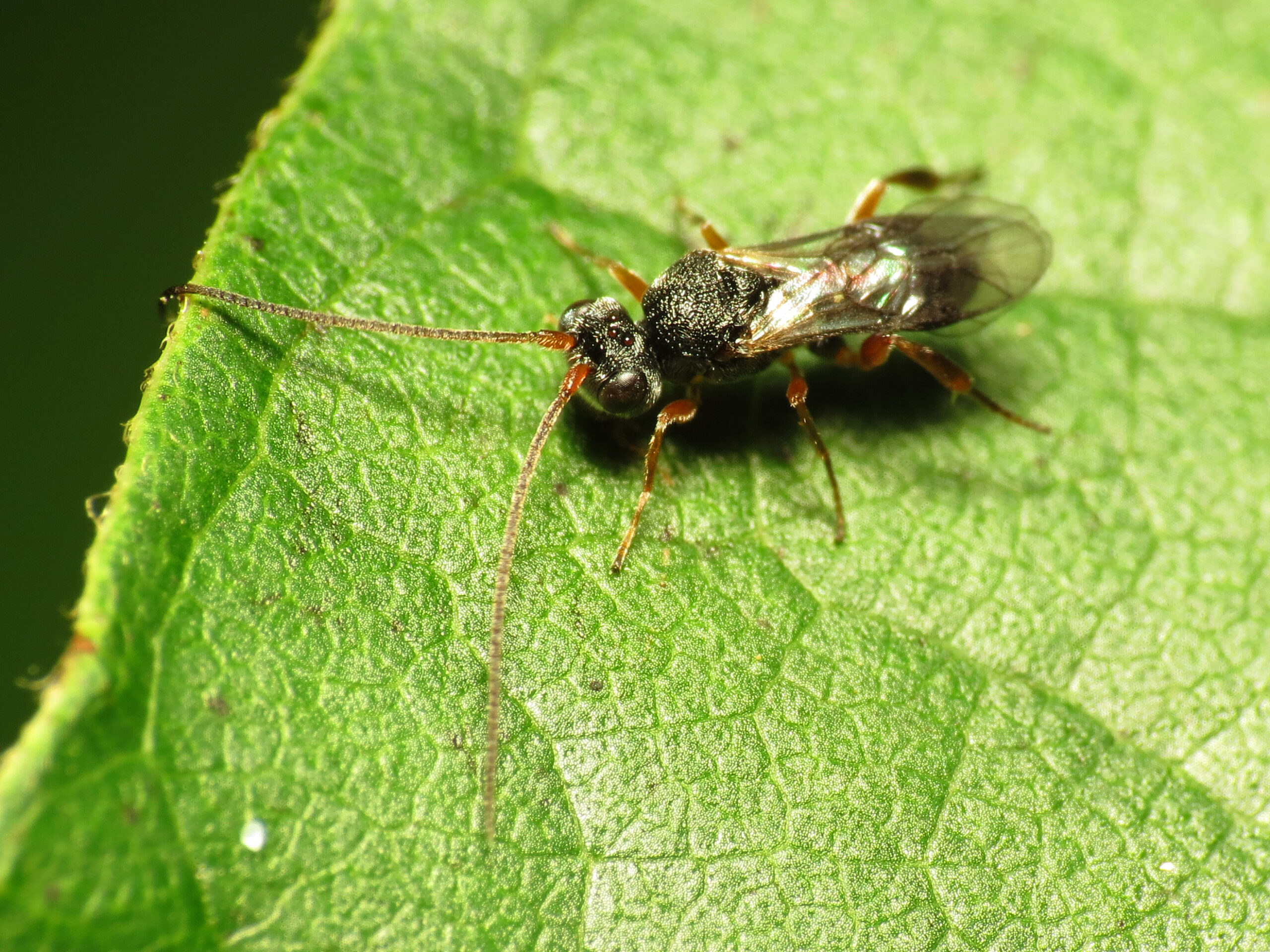
Despite their seemingly sinister lifestyle, parasitic wasps play crucial roles as ecosystem engineers and natural pest controllers. These tiny creatures help maintain the delicate balance that keeps insect populations from exploding out of control, preventing agricultural disasters and ecological collapses that would affect countless other species. In agricultural settings, parasitic wasps are often humanity’s best allies in the fight against crop-damaging insects. A single female wasp might attack dozens of pest insects during her lifetime, and her offspring will continue this pest control service for the next generation. This natural pest management is worth billions of dollars annually in prevented crop damage. The ecological impact extends far beyond agriculture. By controlling herbivorous insect populations, parasitic wasps indirectly protect plant communities from overgrazing. This protection cascades through entire food webs, affecting everything from soil health to bird populations to atmospheric carbon cycling.
Venom and Virus Partnerships
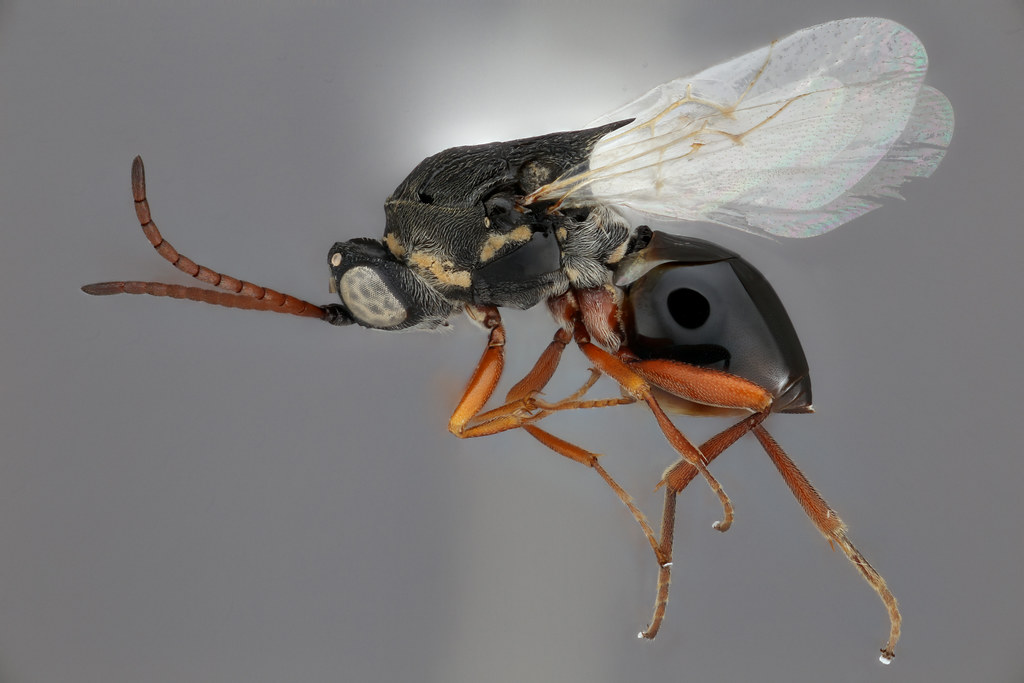
Many parasitic wasps have formed extraordinary partnerships with viruses, creating biological weapons systems that would make military strategists envious. These polydnaviruses have evolved alongside their wasp partners for millions of years, becoming so integrated that neither can survive without the other. The viruses help suppress the host’s immune system while the wasps provide them with new hosts to infect. When a wasp injects her eggs, she also injects thousands of virus particles that immediately begin attacking the host’s defensive systems. These viruses don’t kill the host directly – instead, they create the perfect conditions for wasp development by neutralizing immune responses and altering gene expression patterns. The virus-wasp partnership represents one of the most sophisticated examples of mutualistic evolution ever discovered. The viruses have essentially become living tools in the wasps’ reproductive arsenal, while the wasps serve as specialized delivery systems that ensure the viruses reach new hosts.
Size Doesn’t Determine Deadliness
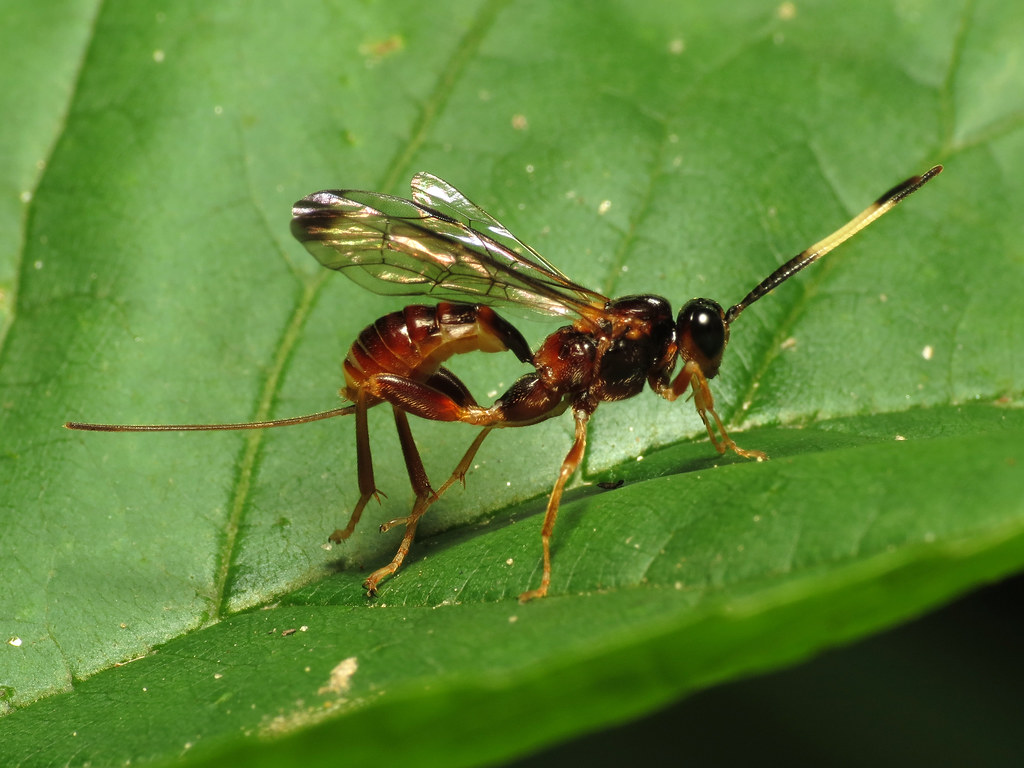
Some of the most fearsome parasitic wasps are barely visible to the naked eye, proving that in nature, size means nothing when it comes to lethal efficiency. Fairyflies, the smallest known insects on Earth, are actually parasitic wasps that specialize in attacking the eggs of other insects. Despite being smaller than some single-celled organisms, they’re perfectly adapted killing machines. These microscopic assassins face unique challenges that larger parasites never encounter. They must locate hosts that are often hundreds of times larger than themselves, penetrate protective egg shells, and complete their entire development within the confines of a space barely larger than their own body. Yet they’ve mastered these challenges with an efficiency that larger predators can only dream of achieving. The relationship between body size and parasitic success often works in reverse of what we might expect. Smaller wasps can attack a wider variety of hosts, have faster generation times, and can exploit resources that larger species can’t access. In the microscopic world, being tiny is often the ultimate advantage.
Ancient Partnerships and Modern Discoveries

Parasitic wasps have been perfecting their craft for at least 140 million years, making them some of the most experienced practitioners of biological warfare on the planet. Fossil evidence shows that these relationships were already highly sophisticated when dinosaurs ruled the Earth, suggesting that the basic strategies we observe today have been tested and refined across geological time scales. Recent advances in molecular biology and microscopy have revealed just how complex these ancient partnerships really are. Scientists are discovering new layers of manipulation and control that were invisible to earlier researchers, from genetic modifications that alter host development to chemical signals that coordinate the behavior of multiple parasites within a single host. Modern research is also uncovering the incredible diversity of parasitic wasp species. New species are being discovered at an unprecedented rate, with estimates suggesting that parasitic wasps might represent the largest group of animals on Earth. Each new discovery reveals additional strategies and adaptations that push the boundaries of what we thought was biologically possible.
Medical and Agricultural Applications
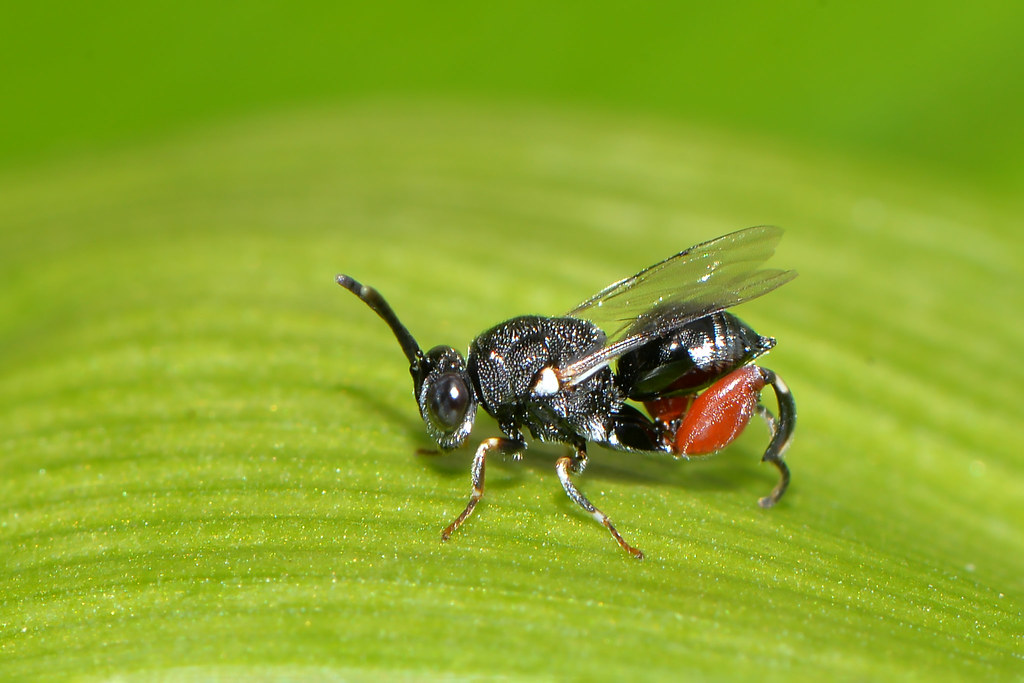
The sophisticated biological technologies employed by parasitic wasps are inspiring revolutionary advances in medicine and agriculture. Researchers are studying wasp venoms and viral partners to develop new treatments for cancer, autoimmune diseases, and infectious conditions. The precision with which wasps target specific cell types and manipulate cellular functions offers blueprints for designing more effective and targeted therapies. In agriculture, understanding parasitic wasp biology is leading to more effective and environmentally friendly pest control strategies. Scientists are learning to manipulate wasp behavior and reproduction to enhance their effectiveness against specific crop pests, while minimizing impacts on beneficial insects. The chemical compounds that wasps use to manipulate their hosts are also being investigated as potential sources for new pharmaceuticals. Some of these molecules show promise as novel anesthetics, immune system modulators, or neurological treatments that could benefit human medicine.
Conservation and Biodiversity Concerns
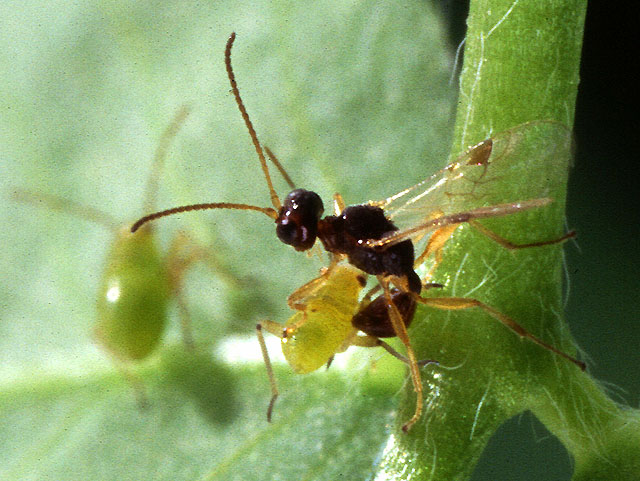
Despite their ecological importance, many parasitic wasp species face serious conservation challenges. Habitat destruction, pesticide use, and climate change are threatening these crucial ecosystem regulators, potentially triggering cascading effects throughout food webs. The loss of parasitic wasp species could lead to explosive growth in pest populations, threatening both natural ecosystems and agricultural productivity. Conservation efforts for parasitic wasps face unique challenges because these species are often highly specialized and difficult to study. Many species have never been formally described by science, making it impossible to assess their conservation status or protect their habitats effectively. Climate change poses particular threats to parasitic wasps because their complex life cycles depend on precise timing and environmental conditions. Even small changes in temperature or precipitation patterns can disrupt the delicate synchronization between parasites and their hosts, potentially causing population crashes or local extinctions.
Conclusion
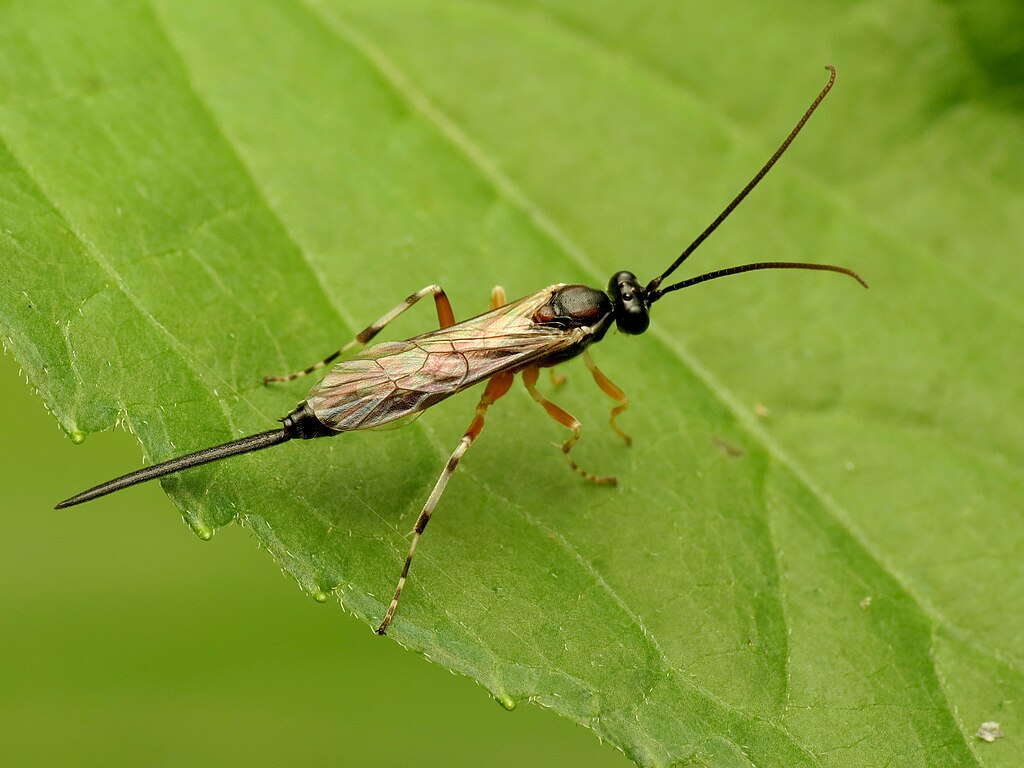
The intricate world of parasitic wasps reveals nature’s capacity for both horror and wonder, reminding us that evolution creates solutions we could never imagine. These microscopic puppet masters have transformed the simple act of reproduction into an art form of biological manipulation that challenges our understanding of life itself. In their tiny wings lies proof that the most extraordinary stories aren’t found in fiction – they’re happening right now in the hidden corners of our world, where survival depends not on size or strength, but on the ability to turn enemies into allies and death into life.

